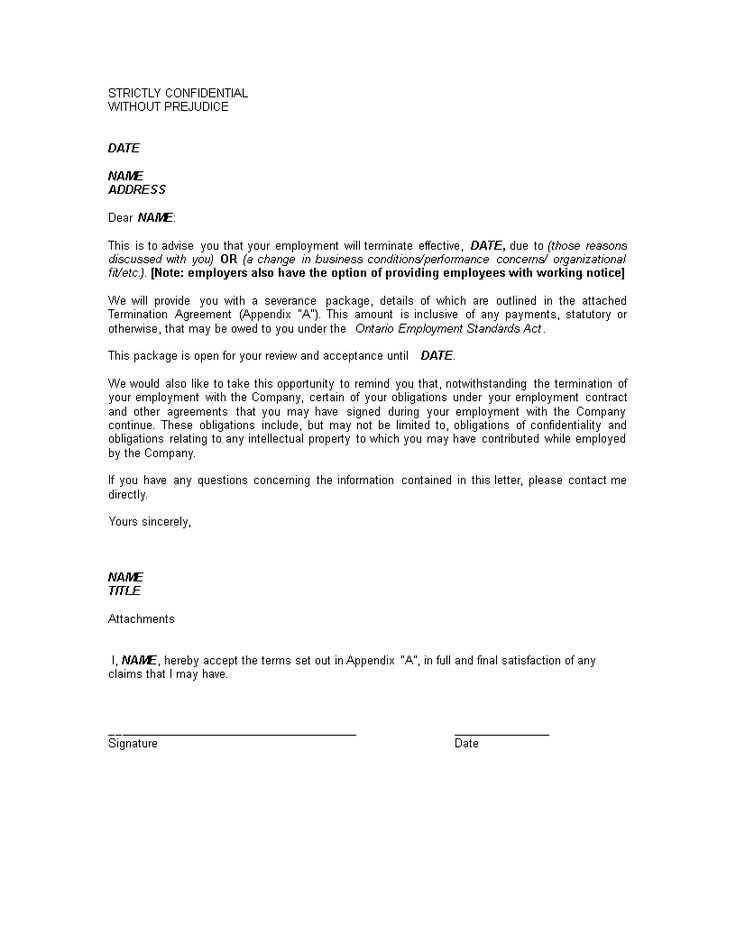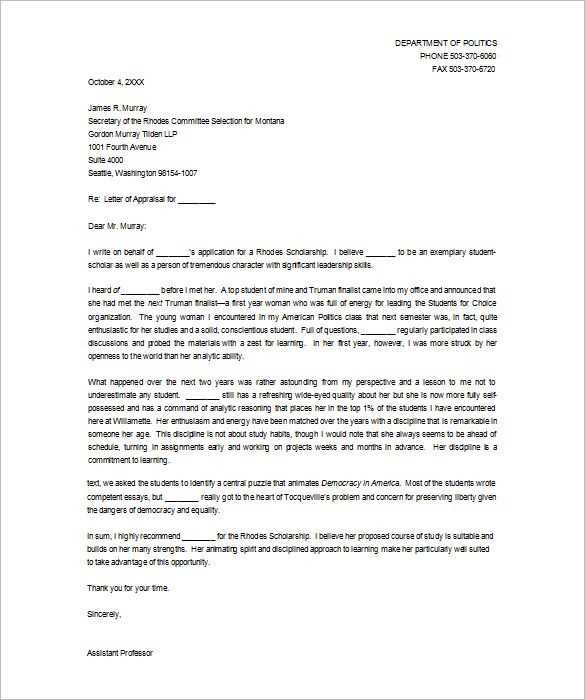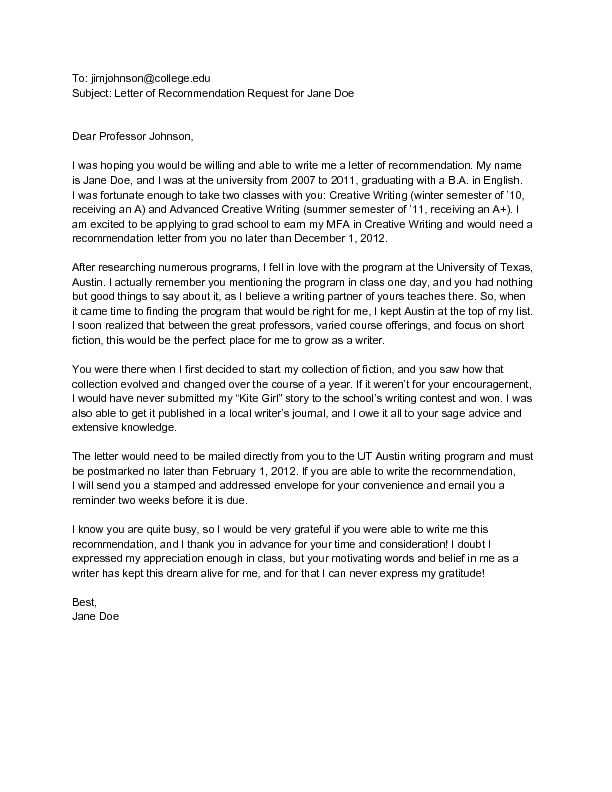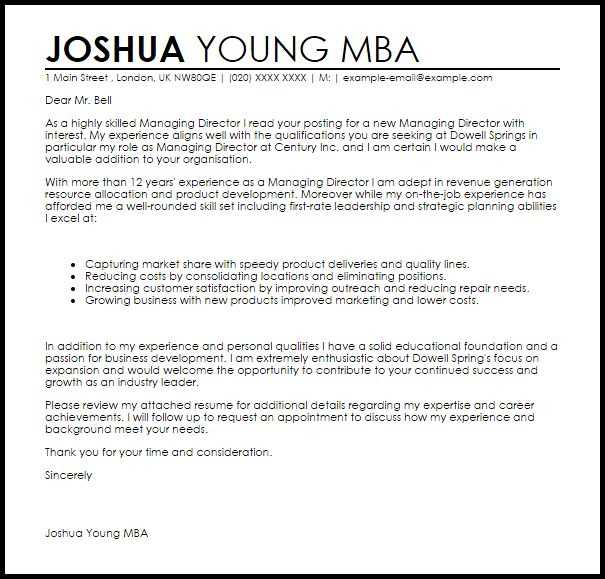How to Use a Rec Letter Template for Effective Recommendations

When writing a recommendation, the goal is to provide a clear and concise endorsement of an individual’s qualifications and character. A well-structured document can leave a lasting impression, making it essential to carefully consider the key elements. The following guide will help you craft a compelling endorsement that highlights the strengths of the person you’re supporting, regardless of the purpose or setting.
Key Components for a Strong Endorsement

A successful recommendation must cover specific aspects to ensure it is impactful. Focus on the following:
- Introduction: Clearly state your relationship with the person and the purpose of the recommendation.
- Key Achievements: Highlight relevant accomplishments that demonstrate the individual’s qualifications or potential.
- Personal Traits: Describe key qualities that make the individual unique, such as their work ethic, personality, or leadership skills.
- Closing Statement: Offer a strong, final endorsement with confidence in their future success.
Tips for Personalizing Your Endorsement
While it’s helpful to follow a basic structure, personalizing the message for each person and their goals is crucial. Mention specific projects, experiences, or examples that relate directly to the person’s achievements. This approach helps create a more engaging and unique endorsement.
Common Pitfalls to Avoid

To ensure your recommendation is effective, avoid common mistakes such as:
- Using vague language or generic phrases that don’t add value.
- Focusing too much on irrelevant details, instead of important attributes.
- Failing to provide specific examples to back up claims.
- Overloading the text with excessive flattery without concrete proof of the person’s capabilities.
Structure for Maximum Impact

Organize the content in a way that flows logically. Start with a brief introduction, followed by a detailed explanation of the person’s achievements, qualities, and potential. Conclude with a confident recommendation, and ensure the language is professional and direct.
Final Thoughts on Crafting Effective Recommendations

Writing a compelling recommendation requires more than just listing accomplishments; it’s about showcasing the individual in a way that reflects their true potential. By following these guidelines, you can craft a document that leaves a lasting, positive impression and supports the person’s future endeavors.
Creating an Effective Recommendation
Key Components of a Professional Endorsement
How to Tailor Your Endorsement for Specific Purposes
Tips for Writing a Strong Endorsement
Avoiding Common Mistakes in Recommendations
Structuring Your Endorsement for Clarity
Personalizing Your Document for Maximum Impact
Crafting a strong recommendation is essential for helping someone advance in their career or academic pursuits. It’s important to ensure that each endorsement highlights the right attributes, provides clear examples, and addresses the recipient’s specific needs. This section will guide you through the process of writing a well-structured and persuasive endorsement letter that stands out.
Key Elements of a Persuasive Endorsement
When creating a recommendation, certain elements are crucial for effectiveness. These include:
- Introduction: Clearly explain your connection to the individual and why you’re qualified to provide a recommendation.
- Achievements: Outline specific accomplishments that demonstrate the individual’s expertise and contributions.
- Personal Qualities: Mention traits such as reliability, leadership, or creativity that make them stand out.
- Closing: Conclude with a strong endorsement, expressing confidence in their abilities and future potential.
Adapting Your Endorsement for Different Purposes
The most impactful recommendations are those that are customized for the recipient’s specific goals. Whether for a job, school, or professional opportunity, adjusting the focus of your message is key. Tailor your examples to the context, providing relevant experiences or projects that align with the role or program the individual is seeking.
Avoiding Common Mistakes in Recommendations
While crafting your endorsement, be aware of frequent mistakes that can weaken the message. These include:
- Being overly generic, which can make the endorsement sound insincere.
- Focusing too much on irrelevant details that don’t align with the individual’s goals.
- Using vague or unsubstantiated claims without concrete examples.
- Over-embellishing achievements without clear evidence of the person’s actual impact.
How to Organize Your Endorsement
A well-organized recommendation is easy to follow and makes a stronger impression. Begin with a brief introduction, followed by examples of the individual’s relevant skills and achievements, and conclude with a confident, positive statement. Make sure the content flows logically, focusing on clarity and relevance.
Personalizing for the Best Results
While it’s helpful to have a standard structure, personalizing each endorsement for the specific recipient is essential. Highlight unique qualities and experiences that set them apart. A customized document is more likely to leave a lasting impact and increase their chances of success.